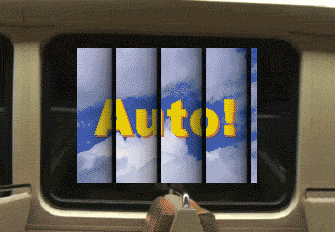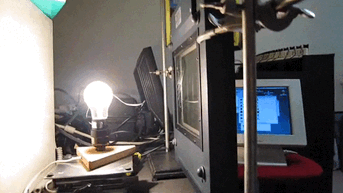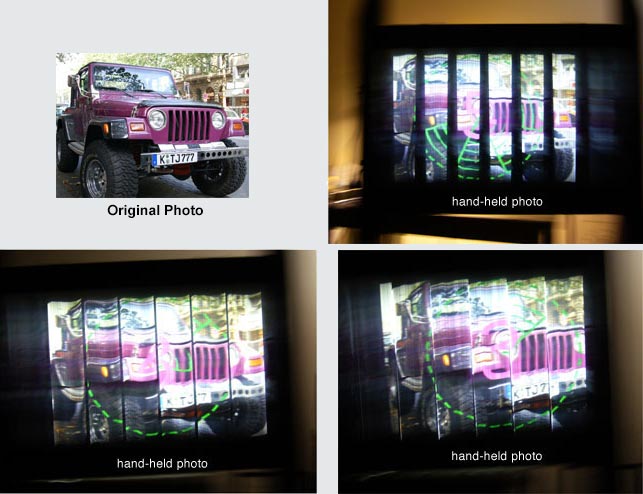Subway-Tunnel Signage
Subway-Tunnel Signage
HinesLab subway-tunnel advertising follows riders on a train.
HinesLab subway signage uses vertical stripes of light that are viewed through transparent LCD video screens. Horizontal motion of the train causes the images to be streak scanned. Persistence of vision causes the image to appear to follow the train just outside the window.
How does it work?
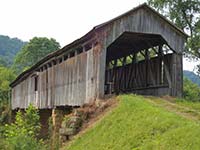 |
The effect is similar to driving through an old covered wooden bridge and seeing the landscape through the gaps between the boards. |
 |
Conventional tunnel signage is printed on paper and back lighted with fluorescent lamps, and then viewed through narrow slits. The image is very dim. |
Using transparent LCD screens:
The cost of the HinesLab approach, is little more than that of the LCD video screens that now flood the market.
Each light box has multiple images with vertical back lights. The image brightness is like viewing a bare light bulb filament through a 35mm Kodachrome slide.
|
|
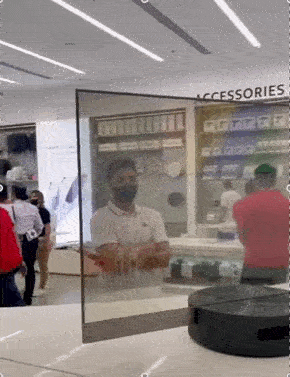 |
| Vertical LED’s (simulated here with a bare light bulb filament) are visible through transparent LCD’s. |
The display panels are LCD’s with the back diffuser removed. The brightness is much better.
|
A wood mockup:
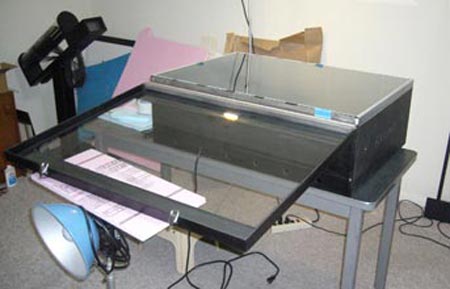 |
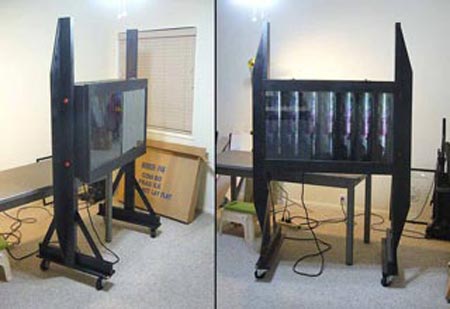 |
| A light box on it’s back, LCD face up. | The light box in a rolling support. |
Top-left: the original photo to be displayed. The remaining three photos are attempts to take a time lapse shot while moving the camera to the left (to simulate the moving train). Top-right shot is the result of moving too slow during the shot.
Forward motion of the train causes horizontal motion parallax of the vertical light strips behind the screen to scan the image. Perceptual image lag leaves a streak-scanned image in the viewer’s eye/mind so that the sign appears to hang just outside the train window. LED’s are brighter, produce much less heat, have a more natural color balance and have much longer life than fluorescent lamps.
Best of all, the image can be changed at the computer without going into the tunnel. Play one ad for the riders getting off work at 5 PM. Play a different ad at 7 PM for people going to the ball game.
Hines’ lab notebook entry:
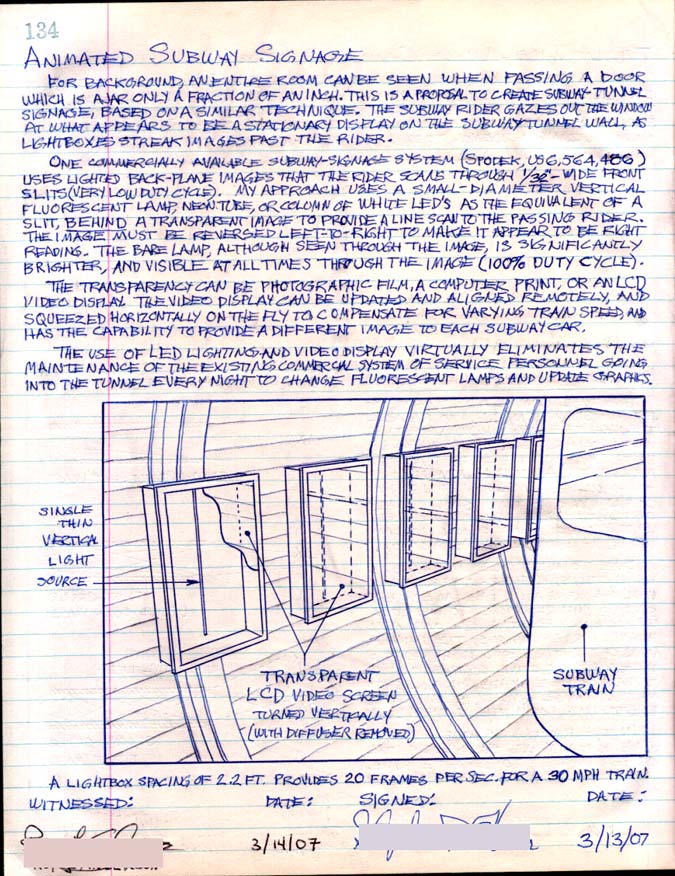
For more information:
HinesLab is actively seeking licensees to commercialize this technology. Please contact Steve Hines at:
email: [email protected]

